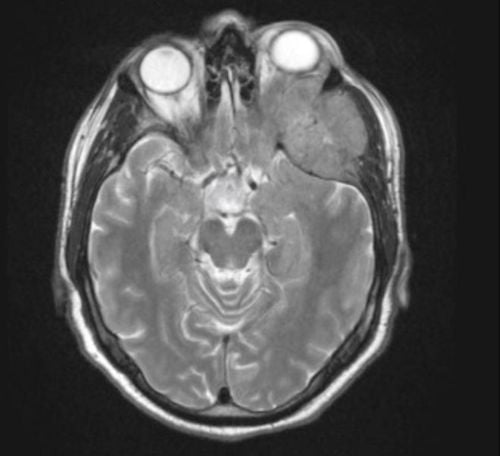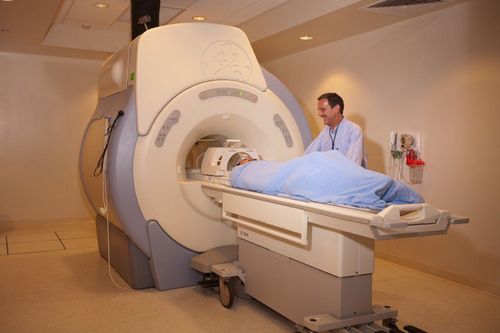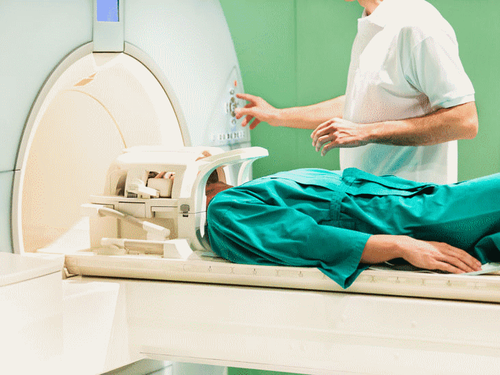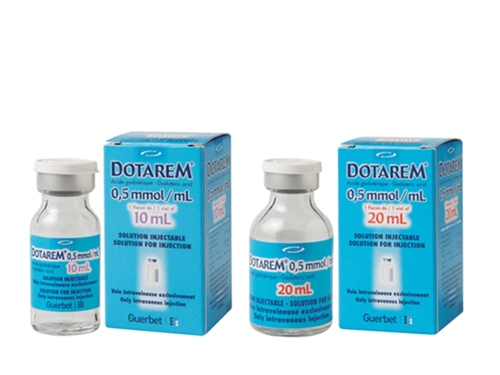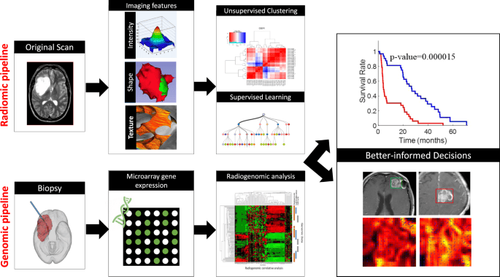This is an automatically translated article.
The article is made by Master, Doctor Ton Nu Tra My - Department of Diagnostic Imaging - Vinmec Central Park International General Hospital.
With outstanding advantages such as no radiation contamination, multi-plane images, high resolution, magnetic resonance imaging (Magnetic Resonance Imaging) is widely used in clinical practice, especially in face-neck pathology with complex anatomical structure. So what is the procedure for magnetic resonance imaging of the face - neck without injection of magnetic contrast?
1. Outline
Magnetic resonance imaging (MRI) from the head - face and neck area is a highly valuable method in examining bones and software in the head - face - neck area.
Images obtained after MRI have clear sharpness and contrast, especially in soft tissue investigations. Through rendering algorithms, MRI has the ability to reproduce 3D images to help doctors see the survey organ more realistic and clear.
For the face - neck area has a complex anatomical structure with many facial muscle tissues, many important sensory organs such as in the face area, including: eyeball, nose, sinuses...; The organs in the neck region include: trachea, esophagus, thyroid gland... are linked with many complex neuro-vascular anatomical structures.
In some diseases such as trauma, inflammation, tumor lesions, the indication for magnetic resonance imaging of the face - neck without injection of magnetic contrast is important in the diagnosis, helping to clearly define the location and size of the patient. size, extent, as well as prognosis for treatment of diseases of the face and neck.
2. Indications for magnetic resonance imaging of the face - neck without injection of magnetic contrast agents
Injuries to the face - neck; Inflammation, infection of the face - neck; Investigate the location, size and nature of tumors in the face and neck; Evaluation of face-neck deformities before surgical intervention.

Người bệnh xuất hiện khối bất thường vùng mặt - cổ nên chụp cộng hưởng từ
3. Contraindications
Patients are implanted with metal electronic devices such as: pacemaker, cochlear implant, continuous injection devices under the skin...; Metallic foreign bodies in the body; Intracranial metal implants, eye sockets, blood vessels; The patient is in a serious condition using assistive devices. Fear of the dark, claustrophobia of small spaces.
4. Face-neck magnetic resonance imaging procedure without injection of magnetic contrast agent
4.1 Preparation before proceeding Performer: radiologist and radiology technician. Equipment: 1.5 Tesla or larger resonator. Drugs: Sedative support drugs can be used in cases of patients with fear of the dark, claustrophobia of narrow spaces. Patient: can have a light meal, it is not necessary to fast before the scan. Instructions and explanations of what to do before filming begins. Patient removes contraindicated items.

Hệ thống máy chụp cộng hưởng từ 3.0 tại Vinmec
4.2. Steps to conduct magnetic resonance imaging of the face - neck without injection of magnetic contrast agent 4.2.1 Patient's position
Lying supine on the magnetic resonance imaging table; Position the signal receiver; Adjust the shooting table into the machine compartment and locate the area to be surveyed. 4.2.2. Selected pulse sequences
Capture initial positioning; Cross-sectional T2 pulse series, each layer thickness 3mm; Cross-sectional T2 pulse series, 3mm thickness each and with fat removal; T2 pulse series, cross section, 3mm thickness of each layer, with or without fat removal; T1 pulse train cross-section, 3mm; Diffusion echo-planar-imaging or Diffusion HASTE in cross-section, 3 or 4 mm thickness each,
4.3. Reading the results of magnetic resonance film without contrast The film must meet the requirements of clearly showing the anatomical structures of the face - neck area on the selected pulse sequences; Detect location, size, density of lesions; The doctor specializing in diagnostic imaging is the person who reads the lesions and describes them on the computer with the photographic film stored; Print film and diagnostic results; Get expert advice on results and recommend further testing if needed.

Hình ảnh kết quả chụp cộng hưởng từ vùng mặt – cổ không tiêm thuốc đối quang từ
5. Follow-up during and after magnetic resonance imaging
During magnetic resonance imaging: closely monitor vital signs (pulse, blood pressure, breathing rate), consciousness and focal neurological signs of the patient. After the magnetic resonance imaging process: the patient may be allowed to lie down for 15 minutes to observe if there are abnormalities during the scan (the patient is excited, the vital signs change) or transfer to the emergency unit for further monitoring.
6. Complications and treatment directions
Some patients with claustrophobia may be fearful and agitated. The technician or doctor needs to guide and encourage the patient to comfort or use sedatives in case of indication.
Vinmec International General Hospital is currently one of the major hospitals with modern machinery and equipment for general medical examination and treatment procedures and accurate and modern MRI for brain and vascular diseases. brain blood in particular.
Especially, Vinmec International General Hospital is the first unit in Southeast Asia to put into use the new 3.0 Tesla Silent Resonance Imaging machine from the US manufacturer GE Healthcare.
The machine currently applies the safest and most accurate magnetic resonance imaging technology available today, without using X-rays, non-invasive. Silent technology is very beneficial for patients who are young children, the elderly, patients with weak health or have just had surgery.
Master. Dr. Ton Nu Tra My is currently a Doctor of Radiology, Vinmec Central Park International General Hospital. Dr. Tra My used to be a lecturer in the Department of Diagnostic Imaging, Hue University of Medicine and Pharmacy and had a long time working at the Department of Diagnostic Imaging, Hue University of Medicine and Pharmacy Hospital.
To register for an examination at Vinmec International General Hospital, you can contact the nationwide Vinmec Health System Hotline, or register online HERE.





